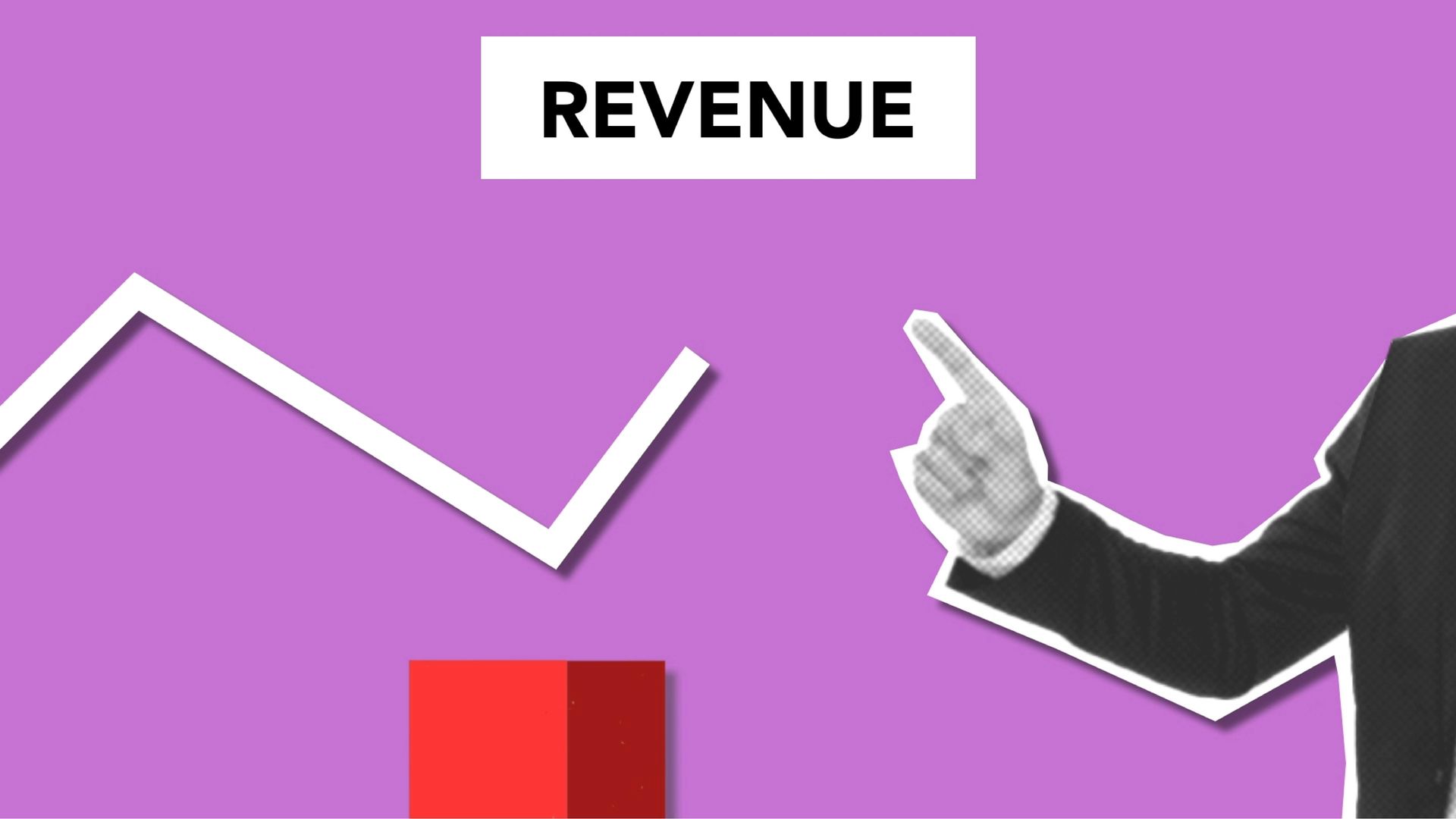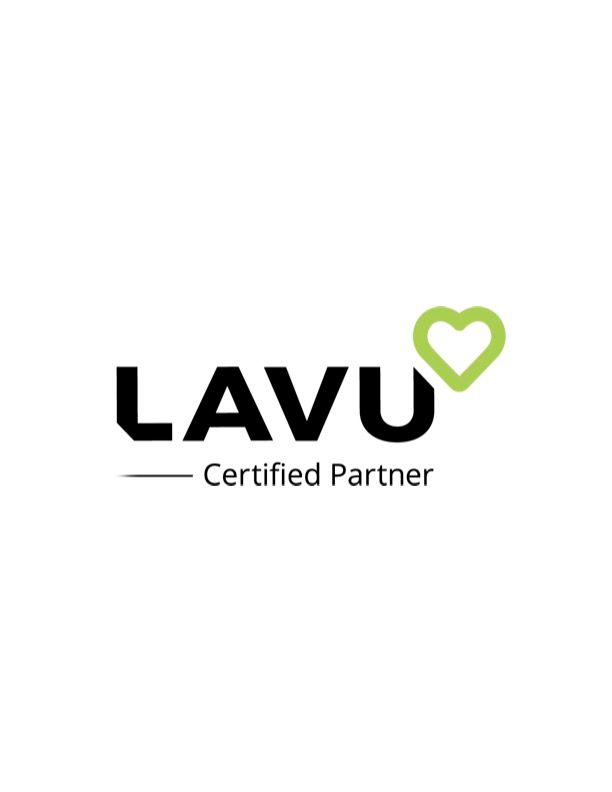Why Employee Benefits Are Key to Retaining Restaurant Talent
Employee Discounts and Perks

Why Employee Benefits Are Key to Retaining Restaurant Talent
As a restaurant owner or manager, one of the most critical components of running a successful business is retaining quality staff. The foodservice industry is notoriously known for its high turnover rates, and finding and keeping talented employees can feel like an uphill battle. While competitive wages are important, the addition of comprehensive employee benefits and perks can be a game-changer in retaining your restaurant's top talent.
In this blog, we will explore why employee benefits are essential to employee retention and how offering expanded benefits, flexible schedules, and other perks can help you keep your best staff around for the long haul.
1. The High Cost of Employee Turnover
Restaurant turnover rates are notoriously high—much higher than in other industries. The cost of recruiting and training new employees can add up quickly, especially when it comes to front-of-house staff such as servers, bartenders, and hosts. Additionally, the time and resources spent on hiring and training new staff take away from other critical areas of your business.
By offering competitive benefits, you show employees that you value their contribution beyond just their hourly wage. A well-rounded benefits package can help keep employees satisfied and reduce the likelihood they’ll leave for a competitor offering similar pay but more attractive benefits.
2. Attracting and Retaining Talent with Expanded Benefits
A well-designed benefits package can set your restaurant apart from the competition. Offering benefits that go beyond the basics can help you attract high-quality talent who are looking for more than just a paycheck. Here are some examples of employee benefits that can make a big difference in your staff’s decision to stay:
a. Health and Wellness Benefits
- Offering health insurance, even partially subsidized, shows employees you care about their well-being. Healthcare benefits are especially crucial in today’s environment where medical costs are rising. You can also offer wellness programs that promote physical and mental health, such as gym memberships or access to mental health services.
b. Paid Time Off (PTO)
- Flexible paid time off is one of the most appreciated benefits in any workplace. In a restaurant, employees often have irregular hours, so giving them the flexibility to take time off when they need it—whether for vacation, personal reasons, or illness—goes a long way in ensuring they feel supported and respected.
c. Retirement Savings Plans
- A 401(k) plan with employer matching is another great benefit for employees, especially those who are looking toward their long-term future. Offering a retirement savings plan can be a major differentiator for your restaurant, especially in a competitive labor market.
d. Employee Discounts and Perks
- Offering employees discounts on meals, beverages, and catering services can make them feel appreciated and connected to the business. Discounts for friends and family are another perk that can foster a sense of community and loyalty.
3. Flexibility in Scheduling
One of the key frustrations for restaurant employees is often the lack of flexibility in their schedules. Offering flexible working hours, shift-swapping, or the ability to request specific days off can create a work-life balance that keeps your staff happier and more productive. Employees who can align their schedules with their personal lives are less likely to feel burned out or frustrated with their jobs.
For example, you might consider implementing a system that allows staff to swap shifts with ease, offering part-time options, or allowing for shorter shifts on slower days. Flexibility in scheduling not only enhances employee satisfaction but also helps to reduce absenteeism and burnout.
4. Recognition and Career Growth Opportunities
Offering career advancement opportunities and recognizing your staff’s hard work can also help with retention. When employees see a clear path for growth within your restaurant, they’re more likely to stay for the long term.
Consider implementing training programs, offering cross-training in different roles, or promoting from within. Offering recognition bonuses, employee of the month awards, and simple thank-you notes or public recognition can make staff feel appreciated for their hard work.
5. Creating a Positive Work Environment
Benefits alone won’t solve your retention challenges if the work environment isn’t conducive to employee satisfaction. Offering a positive and supportive work culture, where employees feel respected, valued, and heard, is essential to keeping top talent. Establish regular communication with your team, actively listen to their concerns, and foster an inclusive, team-oriented environment.
A workplace culture that prioritizes employee well-being, fosters mutual respect, and encourages open communication is more likely to retain staff, making them feel more invested in your restaurant's success.
6. The Bottom Line: Investing in Your Employees Pays Off
While offering competitive benefits comes at a cost, it’s important to think of it as an investment. By providing the right benefits, you create a more motivated, loyal, and engaged workforce. This translates into better customer service, increased productivity, and, ultimately, higher profits. Happy employees are more likely to take pride in their work, work harder, and provide a better experience for your customers.
Conclusion
In the competitive restaurant industry, offering comprehensive employee benefits isn’t just a nice-to-have; it’s a must-have if you want to attract and retain top talent. By investing in your employees through benefits like health insurance, paid time off, retirement savings, and flexible schedules, you’re showing them that they’re valued beyond their role as a worker. The result? A happier, more loyal team that’s committed to the success of your restaurant.
Remember, in an industry where turnover is high, retaining your best employees can make a world of difference. And the best way to do that is by offering benefits and perks that enhance their overall well-being, both in and out of the workplace.
By prioritizing employee benefits and cultivating a positive, flexible, and supportive environment, you’re not only improving retention—you’re ensuring your restaurant thrives with a dedicated, long-term team.








